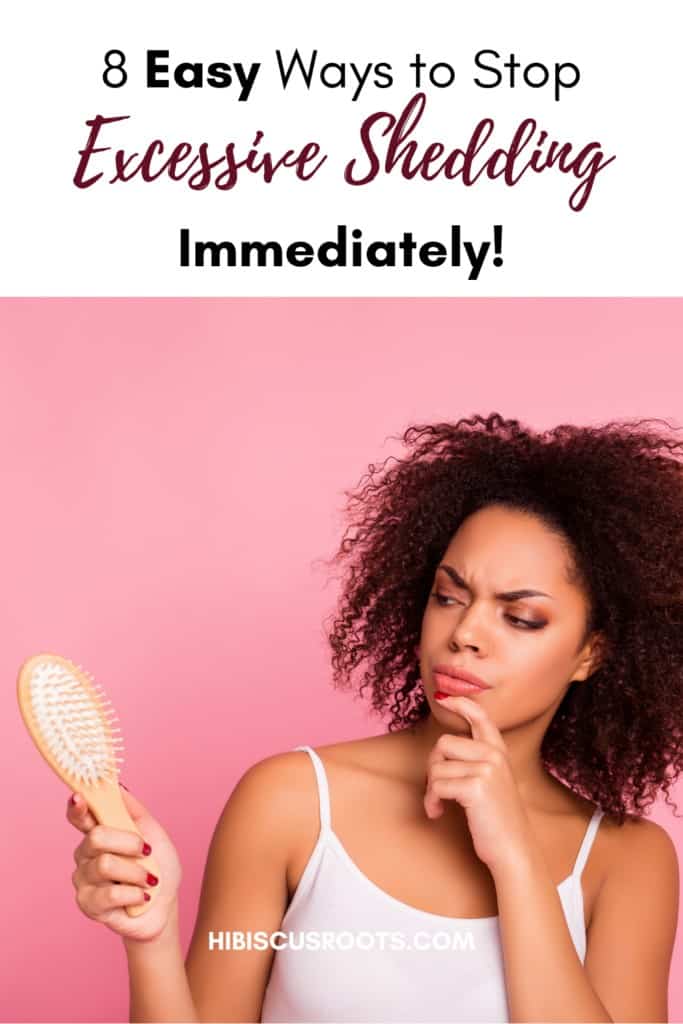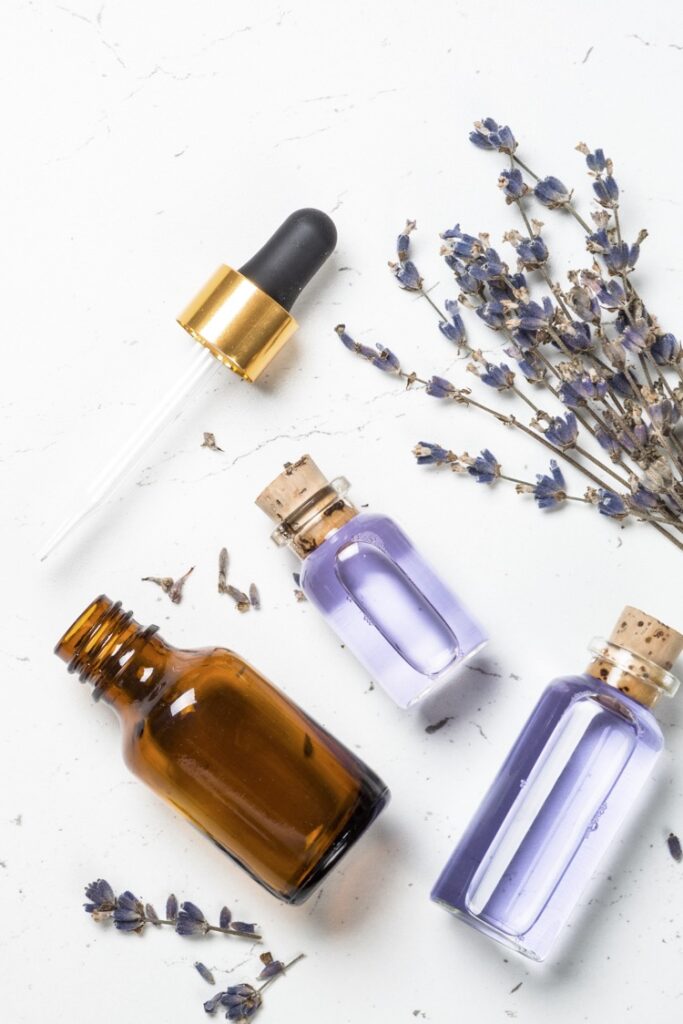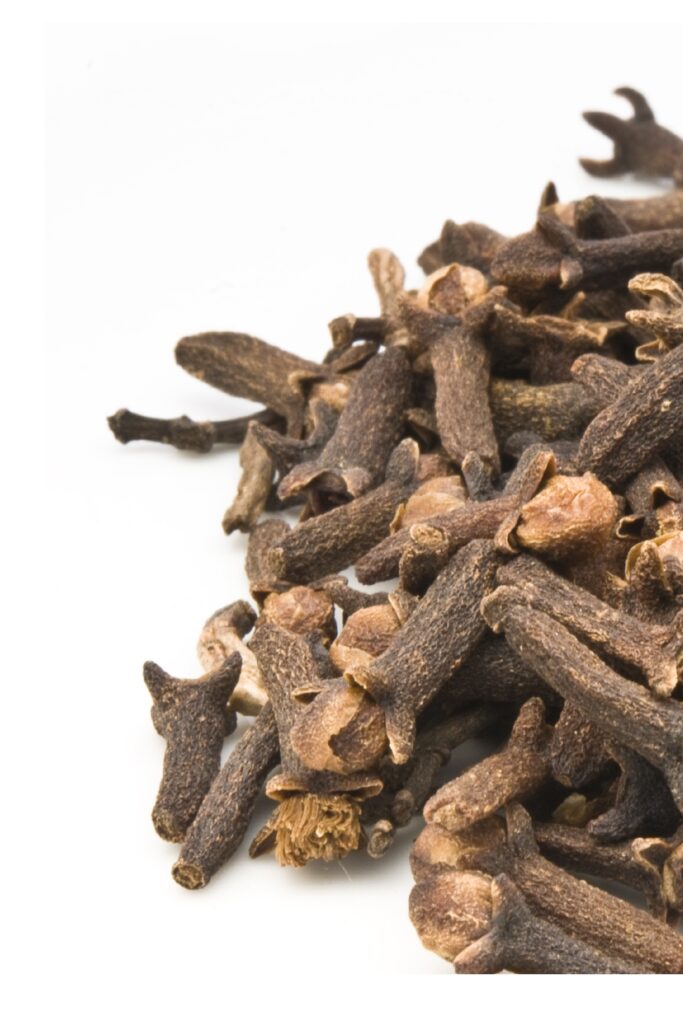Updated: November 15, 2021
As women with type 4 hair, we experience a lot of potential setbacks like thinning edges or breakage at the ends throughout our hair journeys.
We may have difficulty getting moisture into our hair and keeping it hydrated (we discuss that in detail here.) We may also experience excessive breakage and shedding all of a sudden and not be too sure how to handle it.
These are all stumbling blocks we will encounter on our hair journeys, but one problem that seems to be the most common and all too painful is having to deal with thin and sparse edges.
By edges, I don’t just mean the front of the hairline in this case. We will expand the definition to include the nape of the hair here also known as “the kitchen.”
I know you are familiar with doing a hairstyle, or looking at a video of yourself and realizing that your edges are a little more see-through than they’ve ever been before.
I proudly raise my hand as someone who’s been there. Who still is, but is slowly and surely coming out of it this phase of my hair journey.
In this article, we’re going to be covering the common causes of thinning and breaking edges. We’re also going to show you easy Ayurvedic ways to combat this problem for good!
You’ll be glad you found this post so make sure you bookmark it so you can always reference it in the future.
Common Causes of Thinning and Breaking Edges
1. Mechanical / Physical Causes
Your edges are most susceptible to physical damage because they are the thinnest and most fragile strands on your hair. Common mechanical causes of thinning and breakage at the edges include:
i. Wearing your hair in the same style or position too often.
ii. Always parting your hair on the same side of your head.
iii. Using glues to secure your wigs.
iv. Placing wig combs directly on your edges.
v. Improperly laying your edges.
vi. Wearing buns and ponytails that are too tight.
Breaking and thinning at the edges is something that usually happens so gradually that you don’t notice it until the damage is obvious. I say this so that you really ask yourself, right now, if you’re doing everything in your power to keep your edges safe.
2. Hormonal / Physiological Causes
Another main reason our edges fall out is stress. When we are stressed, our cortisol levels rise. This sends our nervous system into “fight-or-flight” mode.
Now, think about everything our bodies may decide to give up if it feels like its only immediate functions are fight or flight, for an extended period of time. I can tell you, keeping the thinnest hair, on the most fragile part of your scalp will not be its number one priority.
This is especially important to note at a time like this in our lives. With so much happening in the world right now, it’s possible to lose sight of the toll it takes on our minds and bodies. Other common hormonal and physiological causes of hair loss at the edges and nape include:
i. Postpartum and/or prepartum shedding caused by hormonal changes during pregnancy.
ii. Androgenic alopecia is caused by the overproduction of dihydrotestosterone or DHT. DHT causes your hair follicles to shrink so much that the hair growing out of them eventually falls out.
iii. Hypothyroidism
iv. Hyperthyroidism
v. Telogen effluvium, caused by rapid and drastic weight loss
vi. Iron deficiency and anemia

How to Treat Hair Loss at the Edges and Nape
1. Handle your Edges and Nape Separately
One thing I learned when trying to baby the edges and the nape is to section them out and care for them attentively and separately from the rest of your hair! When working with larger sections of hair, it is easy for your edges and nape to get neglected. They will often receive most of the tension from clipping and sectioning your hair. As a result, they will remain the weaker perimeter of thicker and stronger strands.
You need to be able to section off your edges and nape from the rest of your hair and address their needs accordingly.
2. Perform Scalp Massages with an Ayurvedic oil
Scalp massages are essential in any hair care routine, but especially so if you experience thinning and hair loss. You can either perform these “marma massages” with a vibrating scalp massage brush or with the tips of your fingers and an Ayurvedic oil. This simply increases blood flow to the scalp, encouraging circulation to the roots of your follicles and ultimately promoting hair growth.
I’ve also recently been massaging my edges with the Edge Naturale Follicle Enhancer*. I love this product and the fact that most of the ingredients are all-natural! It’s also a balm, not an oil, so it’s something you can layer under your edge control so your edges stay protected and nourished during harsh styling! I usually massage it into my edges right before I tie my hair up to sleep at night. And it ACTUALLY works!
3. Avoid Mechanical Damage to your Follicles
This includes everything from changing up where you part your hair, to where you place your bun or ponytail. This also means making sure you take extra care when applying wigs, especially with glues.
Trust me, I was the last person who wanted to hear this. Especially since “melted lace” wigs are to be all the rage right now.
But it’s true, a major cause for hair loss and thinning at the edges and nape is wigs. Here’s a video that gives you just an idea of what I’m talking about.
4. Lay your Edges Gently
When laying your edges, opt for a natural gel or one with ingredients as close to natural as possible. You can either make your own flaxseed gel with this recipe here or opt for this gel from Anita Grant with a short ingredients list.
You also should lay your edges with a rat-tail comb instead of a brush or toothbrush.
I know.
Hear me out.
Go pick up the toothbrush you usually use for your edges and look at it. If you see any tiny pieces of hair stuck in it, that’s proof of what I’m talking about. Our toothbrushes are ripping out our edges and most of us don’t even realize it!
A rat-tail comb gives you more control of how you’re moving your edges and detangling them while you smooth them down. They present less of a risk of breakage overall when it comes to slaying that baby hair.
5. Improve your Diet and Water Intake
Improving your diet should improve the overall quality of your hair. If your edges are thinning as a result of malnutrition or a nutrient-poor diet, the easiest fix will be:
i. Eating a diet that is rich in Proteins, Healthy Fats (Omega-3s/Omega-6s), and Micronutrients
ii. Drinking lots of water!
6. Supplement your Diet
If you have improved your diet, increased your water intake, and still do not see progress, you can try taking supplements to support your nutrition. We emphasize “support” here because supplements are not intended to replace proper diet and nutrition. Supplements that could improve the condition of your hair include Biotin, MSM, and Zinc. Be sure to consult a medical professional before starting any supplement regimen.
Related Posts:
- All the Major Benefits of Zinc for Natural Hair!
- READ THIS Before You Try Ginger for Natural Hair Growth!
7. Relax!
Seriously.
Meditate, journal, run yourself a bath, do a face mask, watch a good TV show or movie for a regular dose of self-care! Take breaks from social media and the news from time to time and give yourself a moment to de-stress.
There’s a reason stress is often referred to as “the silent killer.” Finding ways to manage your stress will do a world of good, not only for your hairline but for your mind and body in the long run!
8. Be Patient
Honestly, regrowing your edges is something that’s going to take a lot of time. This will depend on the level of damage done. I previously suffered from really thin sparse edges, for example. After 2 years I’ve been able to get them to be denser, but they are still nowhere near the length of the rest of my hair. I don’t know if that’s ever going to happen either. It’s a journey and I’m just doing my best to be patient along the ride.
Please let us know in the comments if you’ve dealt with thinning edges or a receding hairline in the past and how you overcame/are overcoming this!
*gifted product
featured image: source


